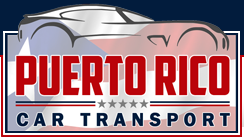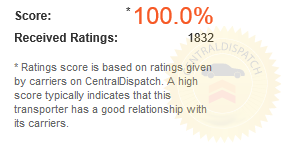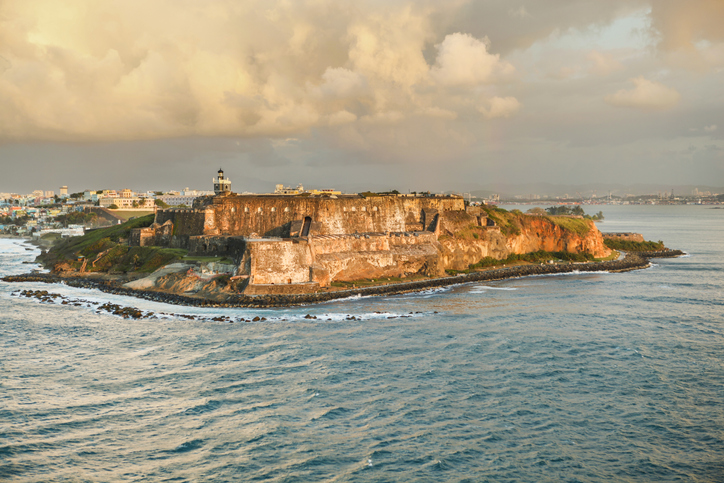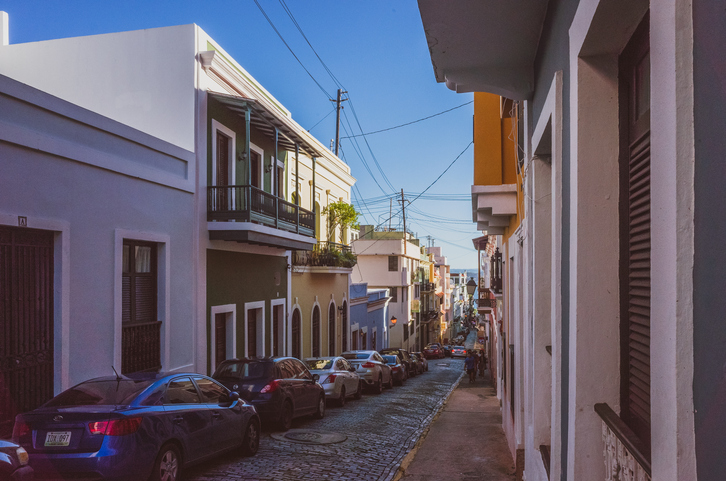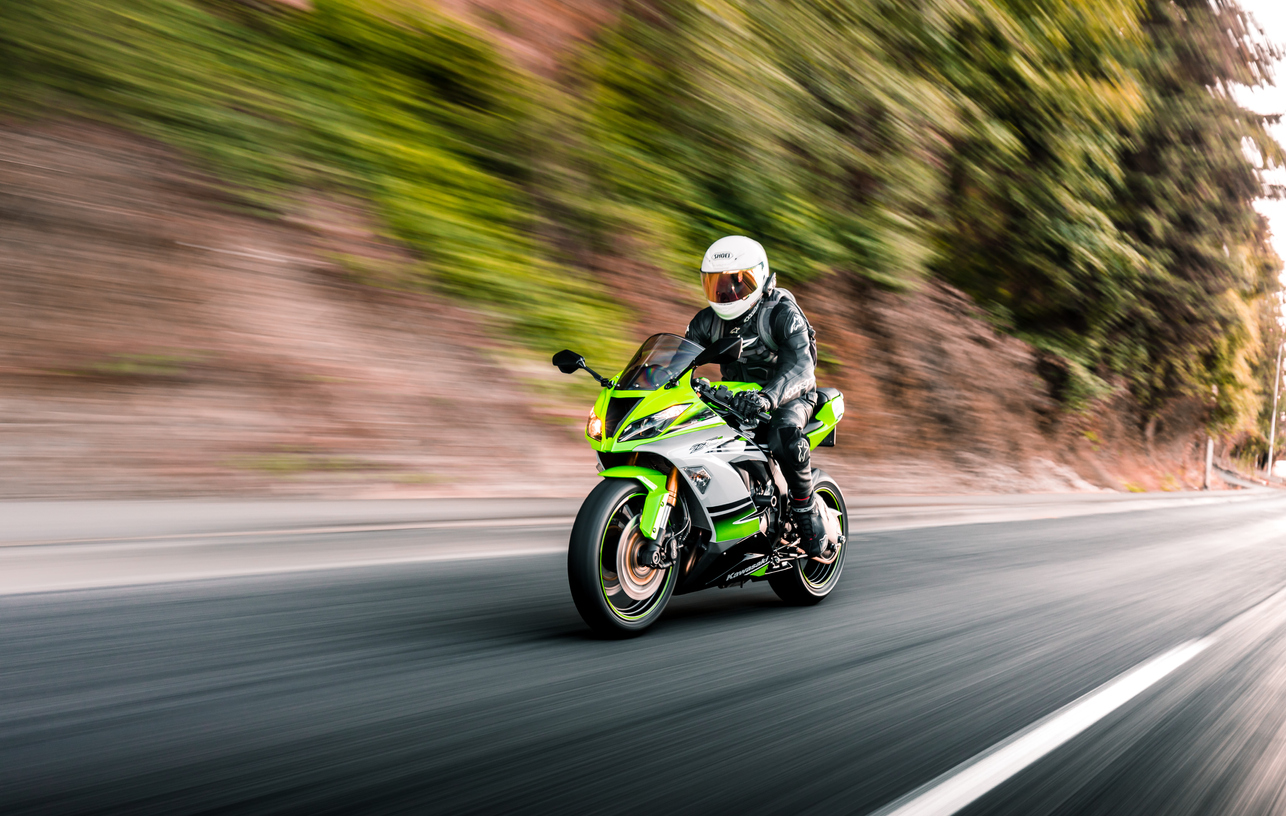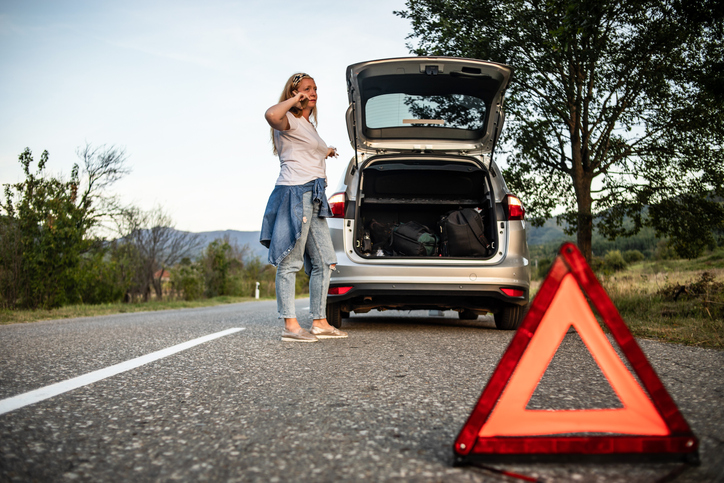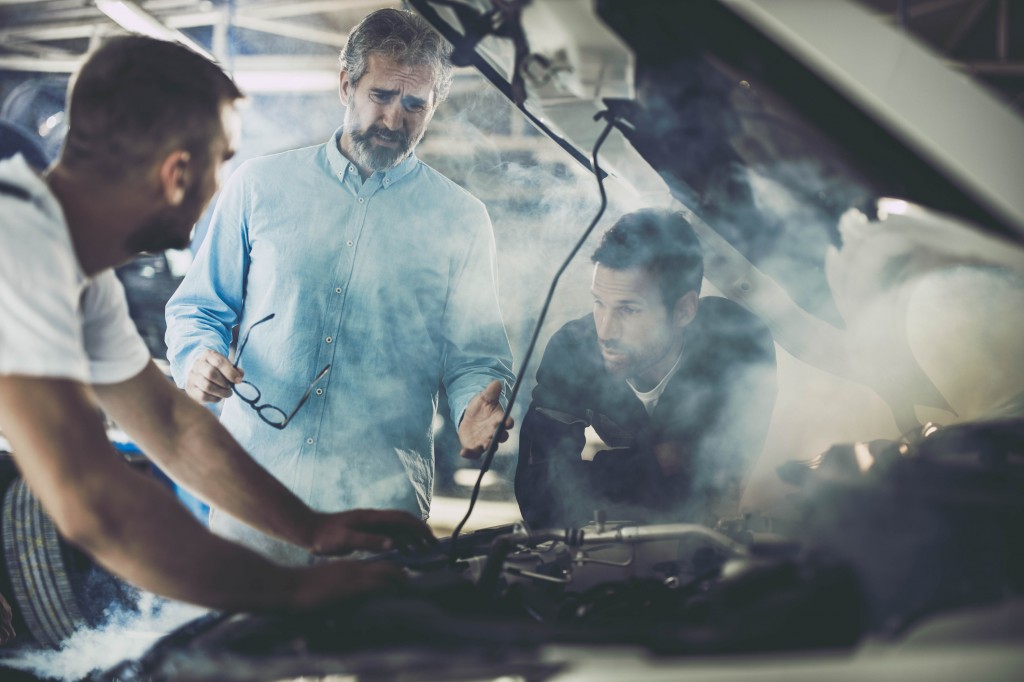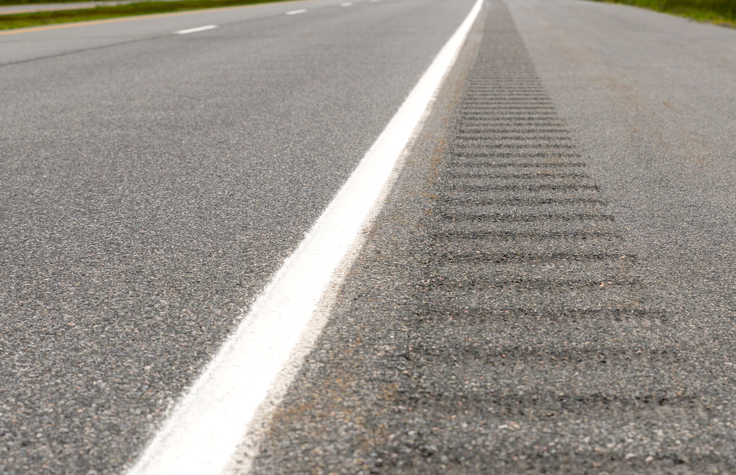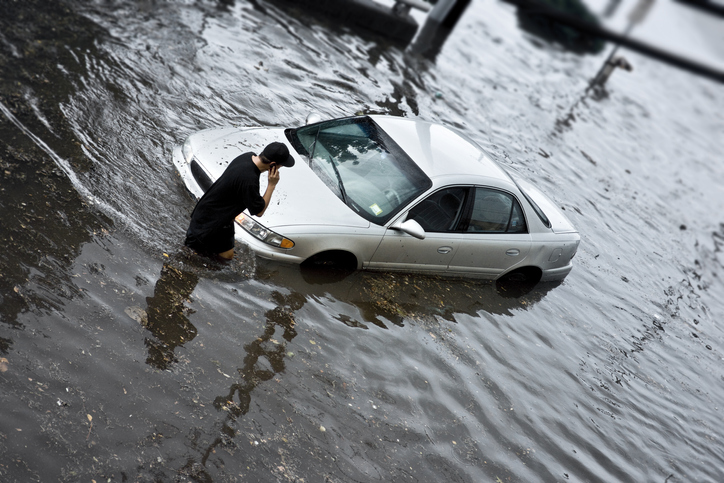Where do you do most of your driving?
Where will you be able to park?
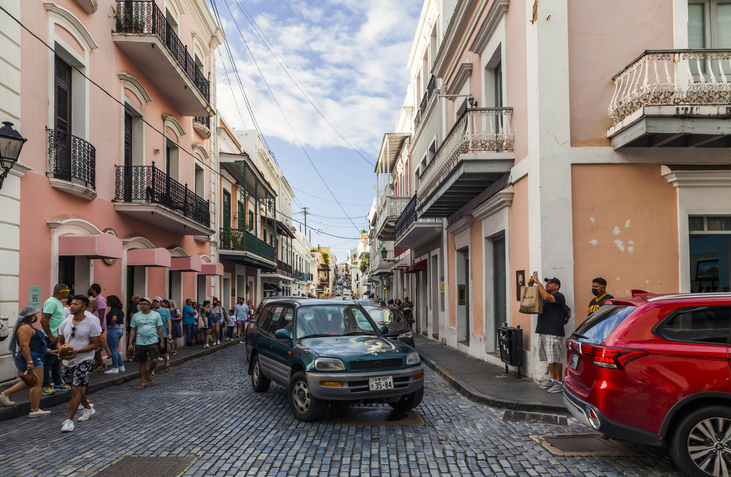
Where do you do most of your driving?
When considering the ideal car size for driving in Puerto Rico, several factors come into play due to the island’s unique characteristics. Puerto Rico features a mix of urban congestion, winding mountain roads, and open highways. Considering these aspects, a compact or midsize car would generally be the best choice for navigating Puerto Rico’s diverse terrain and traffic conditions.
Compact cars, like hatchbacks or small sedans, offer maneuverability and fuel efficiency advantages. They are well-suited for congested urban areas and tight streets. Their smaller size makes them agile and easier to handle, which can be particularly useful when navigating through traffic or on narrower roads.
Midsize cars strike a balance between compact and larger vehicles, offering more interior space and comfort for passengers while maintaining reasonable fuel efficiency and maneuverability. This makes them suitable for both urban driving and longer journeys. They can handle Puerto Rico’s varying road conditions, from the busy streets of San Juan to the more challenging terrains found in rural areas and mountainous regions.
While larger vehicles like SUVs or trucks might be tempting for their perceived safety and off-road capability, they can be less practical in Puerto Rico due to their size and potential fuel consumption. The island’s smaller roads can make larger vehicles cumbersome to drive. Additionally, fuel costs can be higher than on the mainland, so opting for a more fuel-efficient option is financially prudent.
Where will you be able to park?
In Puerto Rico, parking can present a unique challenge due to the island’s limited parking spaces, narrow streets, and varying urban layouts. The size of your car plays a crucial role in how well you can navigate and park in this environment.
Opting for a compact or small-sized car is generally advantageous for parking in Puerto Rico. The island’s urban centers, such as San Juan, often have tight streets and limited parking spots. A compact car’s smaller dimensions make it easier to maneuver through congested areas and fit into tight parking spaces, which can be a significant advantage in Puerto Rico’s urban landscape.
Smaller cars also excel in finding parking in densely populated areas where larger vehicles might struggle to fit. Parallel parking, a common requirement in many Puerto Rican cities, becomes less stressful with a smaller vehicle. Compact cars are less likely to obstruct traffic or encroach on pedestrian pathways when parked.
While larger vehicles like SUVs or trucks might offer a sense of security and visibility, they can be disadvantaged when parking in Puerto Rico. Their size can make navigating through narrow streets challenging and finding suitable parking spots more difficult. They might even incur additional parking fees due to their larger size.
